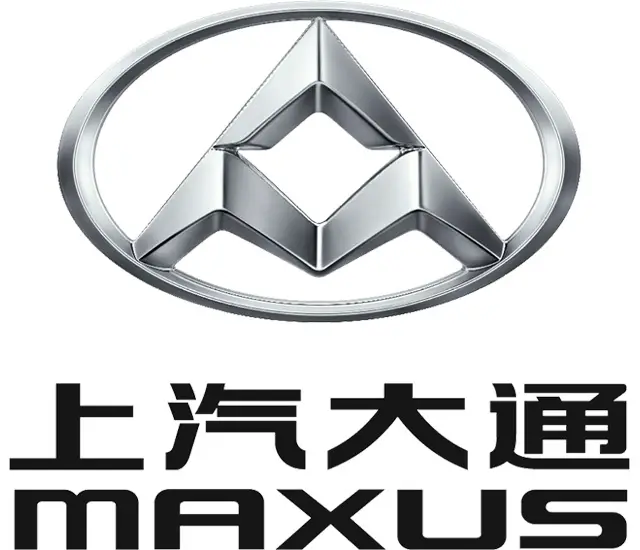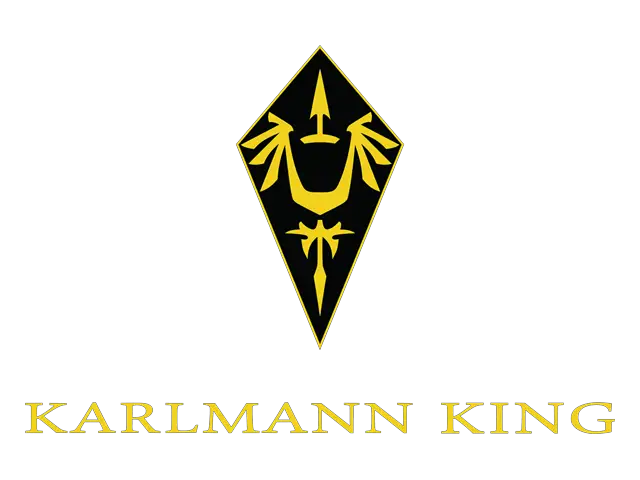audi Logo - History, Design, and Meaning

Company Overview
Audi is a renowned German automobile manufacturer established in 1909. It became part of Auto Union GmbH in 1932 and is currently owned by Volkswagen AG. The company has a global presence with 13 production facilities worldwide.
Key Information
- Founded: 1909
- Founder(s): August Horch
- Headquarters: Ingolstadt, Germany
audi Logo Meaning and History

In the late 19th century, August Horch, a mechanical engineer, founded August Horch & Cie in Saxony. This venture evolved into Audi, named after the Latin translation of 'Horch' meaning 'listen'. This marked the beginning of Audi's illustrious history of innovation and distinction.
Audi's journey is marked by significant achievements. From launching its first small car, the Puppchen, to becoming a major motorcycle manufacturer, Audi persevered through the Great Depression and financial challenges. Its merger into Auto Union in the 1930s introduced the iconic Olympic rings logo, symbolizing the union of four independent automobile manufacturers.
Today, Audi stands as a beacon of luxury, ranking as the second-largest manufacturer in the luxury car segment. The company continues its commitment to excellence and innovation, shaping the future of mobility.
What is Audi?
Audi is the iconic automobile brand from Germany, which is known for its luxury sedan and all-road vehicles of super quality and design. Today Audi cars are known and adored all over the globe, and the name of the brand has become synonymous with the high-end driving experience.

Audi's logo has evolved significantly since its inception. The first logo in 1909 featured a cursive inscription in an oval outline. Later that year, it changed to a black triangle with the number one and a white cursive wordmark. In 1932, the Auto Union logo with four blue rings was introduced, representing the merger of four companies.


The four-ring logo was simplified in 1949, removing individual brand emblems. In 1969, Auto Union became Audi, and the logo was reduced to four thick blue rings. Various refinements followed, including changes in color schemes and typography.

In 2009, the logo was redesigned with glossier rings and a smaller wordmark. The 2016 version simplified the design further, removing 3D effects and presenting the rings in plain black without additional lettering.
The Audi rings symbolize the union of four major automotive manufacturers, reflecting a principle of harmonious interaction for consumer benefit. This symbolism has been reinforced through various logo iterations.

Audi's logo is globally recognized, comparable in influence to Mercedes and BMW. It complements the horizontal lines of the radiator grille and is versatile in various contexts.


The typography of the Audi logo has undergone subtle changes over the years, with a significant simplification in 2009. The current typeface is bold, modern, and minimalist, similar to fonts like Allumi Std Extended Bold and Corbet Wide Extra Bold Wide.

The color palette of Audi's visual identity primarily consists of black, red, and white. This combination symbolizes confidence, expertise, and professionalism, while also emphasizing the company's commitment to high-quality design and style.

In 1978 the oval turns red and gets a thin double white and red outline, which created a better contrast and makes the emblem more distinct and bright.

The thin and delicate contours of the rings brilliantly balance the massive wordmark, adding elegance and exclusiveness to the whole image.

In 2009 the logo gets refined — the glossy rings are now bigger, and the nameplate — smaller. The lettering changed its typeface to a more traditional sans-serif with slightly extended shapes. It was now placed on the left bottom part of the logo, making the four-rings emblem the star of the composition.

In 2016 the logo gets simplified. All three-dimensional effects are gone, and now the iconic symbol is executed in plain black, with no additional lettering. Four rings now have more space in the overlapping areas and look truly powerful and stylish.

The original symbolism of the Audi rings, a design that has become one of the most famous rings in the world, had more to do with politics than with actual design or typography. This strategy stemmed from Audi AG's policy of uniting four major automotive manufacturers based in Ingolstadt, Zwickau, Chemnitz, and another city, a move not labeled a merger to avoid offending the owners of the three other enterprises, apart from Audi. Initially, this joint venture was given the universal and neutral name Auto Union, reflecting a harmonious interaction for the benefit of the consumer—a principle that later defined the work of all divisions of the company, including its subsidiaries.
The transition back to the classical design of the logo in 1985 reinforced this symbolism. The Audi rings standard, with its specific ring thicknesses, was a nod to the company's rich history, including its roots in producing bicycles, two-cylinder and four-cylinder cars, and even two-stroke engines. This breadth of innovation, from the predecessor of today's luxury automobiles to the first motorcycles, underlines Audi's commitment to its own business under the name Horch, and later, as we know it today, Audi.

Modern Audi logo is well known all over the world, and in terms of its influence it is quite comparable with Mercedes and BMW, being in top three of the German automotive market and in top ten of the most successful European automakers.
The shape of the logo perfectly complements horizontal lines of the radiator grille, and it looks great in any other contexts.

Despite its world-wide fame, Audi has been using the font content from its very first logos. The inscription "Audi" had some slight changes, but the font remained generally unchanged until 2009. Its distinctive feature was a notch on the uppercase letter “A”, a simplified writing of the letter “U”, as well as a specific form of “d”, making the letter look more like a note.
It is also interesting to know that the modern form of the logo was created by August Jorge for the process of uniting four automotive companies under the Audi brand. One of these companies was a long ago independent Horche enterprise (already owned by other owners) which was once created by Augustus Jorge himself.
However, in 2009 the brand decided to unify the logo – the font was simplified, and no longer has such obvious individual features. In addition, the font element changed its position – it moved from the center to the left, under the logo itself.

The color solution of the logo hasn't changed much throughout the history of the brand. Adhering to classical forms, Audi used classic black color for the logo. At the same time, the white font looked great on a black background.
However, in 1985, the famous Audi rings became silvery, and the font color was changed to red. Thus, the brand emphasized a new page in its history (a return to the classical form of the logo), as well as an innovative policy in the technological sphere. In 2009 version, the font color slightly changed from scarlet to cherry.
Why does the Audi logo have 4 rings?
The four rings on the Audi logo stand for four companies, which merged in the 1930s. The companies are DKW, Horsch, Wanderer, and Audi. The Auto Union was formed after the merger, and later the company was renamed, Audi.
After the redesign of 2016, Audi started writing its Ted logotype in a simpler and stricter typeface, than it used to during most of its history. The new inscription in a title case is executed in a bold and modern yet minimalist sans-serif typeface, which is very close to such fonts as Allumi Std Extended Bold and Corbet Wide Extra Bold Wide, with some very elegant lines of the letters.
The visual identity of the famous German automaker is executed in orange of the most traditional and powerful color palettes — black, red, and white, where the four-rings of its iconic emblem are drawn in black, and the delicate yet strong logotype — in red.
The combination of these shades stands for confidence and expertise and evokes a sense of professionalism, at the same time showing the company's value of high-quality design and style.
What does the Audi emblem represent?
The four rings on the Audi emblem signify the merger of four companies: Audi, Horch, DKW, and Wanderer in 1934, and the creation of the Auto Union AG. Initially, the Audi logo was used only on racing cars, but simple cars were produced by each company under its brand and decorated with their emblems.
What does the Audi logo represent?
The current logo of the Audi automaking brand, composed of four intertwined rings, is a celebration of the company's history. This badge was introduced with the largest automobile merger in German history when in 1934 the Auto Union AG was formed by Audi, Horch, Wanderer, and DKW. Each of the four rings contained the badge of one of the four companies.
Why is the Audi logo four rings?
The logo of the Audi automaker is composed of four rings, with its initial concept introduced at the beginning of the 1930s, after the formation of Auto Union AG, a German group of automakers, founded through a merger of four large brands. Each of the four rings stands for one of the companies-members of the Auto Union.
What do the four rings in Audi's logo represent?
The iconic Audi badge stands for facilitation and consolidation. And the four rings on the logo represent unity and cohesion. It was a great idea to graphically show the merger of the four brands, which have stayed with Audi for decades.









